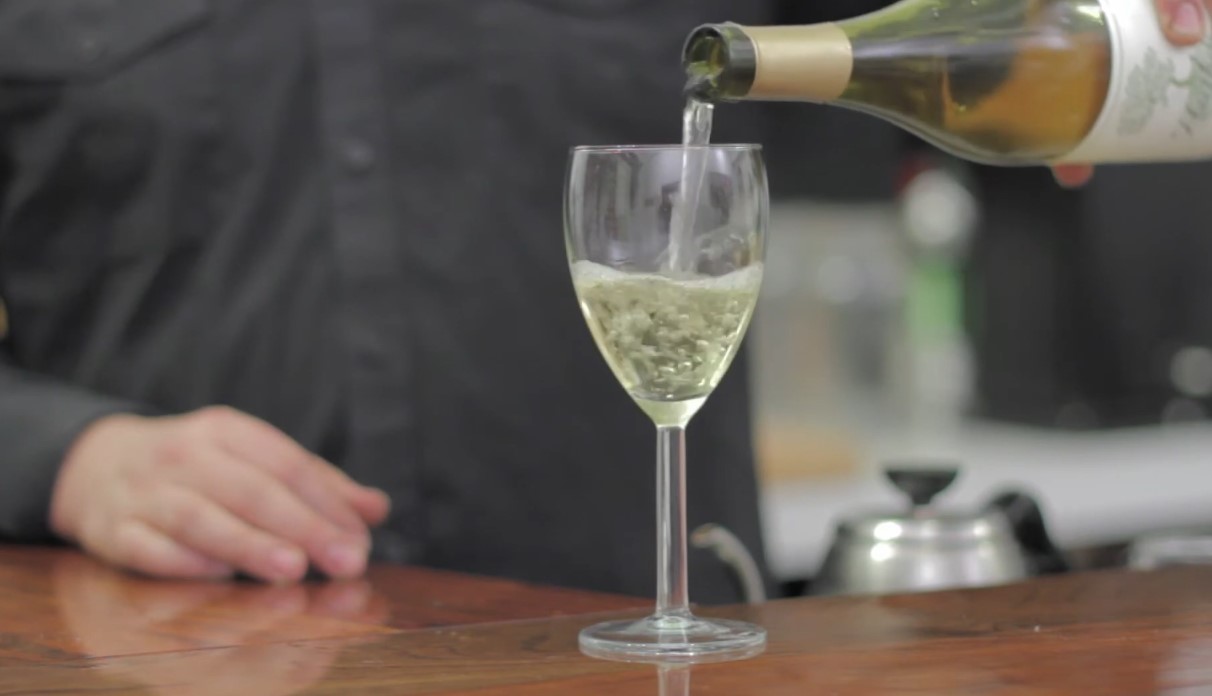

Tableware
What Are Small Wine Glasses Called?
Modified: April 23, 2024
Discover the perfect tableware for wine lovers with small wine glasses. Uncover the secrets behind what small wine glasses are called and elevate your wine tasting experience.
(Many of the links in this article redirect to a specific reviewed product. Your purchase of these products through affiliate links helps to generate commission for Storables.com, at no extra cost. Learn more)
Introduction
Welcome to the wonderful world of tableware and the diverse range of glassware in particular. When it comes to enjoying a glass of wine, the type of glass you use can greatly impact the overall experience. From the size and shape to the material and design, every aspect of a wine glass is carefully crafted to enhance the aroma, flavor, and visual appeal of the wine.
In this article, we will explore a specific aspect of wine glassware – the small wine glasses. These are the compact versions of wine glasses that are designed for specific types of wines and occasions. Whether you are hosting an intimate gathering or simply prefer a more dainty glass, small wine glasses offer a unique charm and elegance.
So, what exactly are small wine glasses called? Let’s dive into the traditional and modern wine glass sizes and discover the different varieties of small wine glasses available on the market today.
Key Takeaways:
- Small wine glasses, such as champagne flutes and stemless glasses, offer a tailored and elegant drinking experience for sparkling wines, dessert wines, and fortified wines, enhancing the aromas and flavors of each unique wine category.
- Traditional and modern wine glass sizes cater to diverse preferences, with options ranging from elegant Bordeaux and Burgundy glasses to versatile standard and large wine glasses. Each size and style enhances the enjoyment of specific wine types, adding a touch of sophistication to any occasion.
Read more: What Is A Wine Glass Called
Traditional Wine Glass Sizes
In the traditional sense, wine glasses come in various sizes designed for different types of wines. These sizes are based on centuries-old traditions and are often associated with specific regions or wine styles.
One of the most common traditional wine glass sizes is the Bordeaux glass. This glass typically has a larger bowl and a taller stem, allowing the wine to breathe and enhance the aromas and flavors of full-bodied red wines like Cabernet Sauvignon or Merlot.
Another traditional wine glass size is the Burgundy glass. This glass has a wider bowl compared to the Bordeaux glass, which is ideal for capturing the delicate aromas of Pinot Noir and other lighter-bodied red wines.
For white wines, there is the smaller-sized white wine glass. These glasses usually have a smaller bowl and a shorter stem, as white wines do not require as much aeration as red wines. The smaller size helps to maintain the cooler temperature of white wines.
Within these traditional wine glass sizes, there is often variation based on the specific wine region or vineyard. In some regions, like Germany, there are even smaller wine glass sizes specifically designed for sweeter dessert wines.
Traditional wine glass sizes are still widely used and cherished in formal settings and wine tastings, offering a sense of elegance and tradition. However, with changing trends and preferences, modern wine glass sizes have also gained popularity.
Modern Wine Glass Sizes
In recent years, there has been a shift towards modern wine glass sizes that cater to a more casual and contemporary drinking experience. These modern wine glasses not only focus on functionality but also on aesthetics and versatility.
One popular modern wine glass size is the standard wine glass. These glasses feature a more streamlined design with a medium-sized bowl and a shorter stem. They are suitable for a wide range of wines, including both reds and whites, making them a versatile choice for everyday use.
Another modern wine glass size is the large wine glass. These glasses have a generous-sized bowl that allows the wine to fully breathe and open up. They are often used for bold and complex red wines that benefit from aeration, such as Syrah or Cabernet Sauvignon.
Smaller modern wine glass sizes have also become popular, especially for those who prefer a more delicate and refined drinking experience. These smaller glasses are often used for lighter-bodied wines, such as Pinot Grigio or Sauvignon Blanc, and are designed to enhance the delicate aromas and flavors of these wines.
Modern wine glass sizes also include specialized glasses for specific wine varieties or regions. For example, there are glasses designed specifically for sparkling wines like Champagne or Prosecco. These glasses are known as champagne flutes and typically have a tall, narrow shape to preserve the bubbles and capture the aromas.
Overall, modern wine glass sizes offer a wider range of options to cater to diverse preferences and styles of wine. They provide flexibility in terms of serving different types of wines, and their contemporary designs add a touch of modernity to any table setting.
Small Wine Glass Varieties
Now let’s delve into the fascinating world of small wine glasses. These compact glasses are designed for those who prefer a more petite and elegant drinking experience. They are perfect for intimate gatherings or for those who prefer smaller portions of wine.
One popular variety of small wine glasses is the champagne flute. These glasses are specifically designed for enjoying sparkling wines like Champagne or Prosecco. The tall, narrow shape of the flute helps to preserve the bubbles and concentrate the aromas, providing a delightful experience with every sip.
Another small wine glass variety is the stemless wine glass. These glasses have gained popularity in recent years due to their modern and practical design. As the name suggests, they do not have a stem and instead feature a flat base. Stemless wine glasses are versatile and can be used for both red and white wines, offering a more relaxed and informal drinking experience.
For those who enjoy dessert wines, there are small wine glasses specifically designed for this category. Dessert wine glasses are generally smaller in size compared to standard wine glasses and have a tapered shape. The smaller size helps to emphasize the sweetness and concentrated flavors of dessert wines like Sauternes or Icewine.
In addition to dessert wines, there are also small wine glasses designed for specific fortified wines. Sherry glasses, for example, are small and narrow glasses that are used for enjoying fortified wines like Sherry or Port. The smaller size allows for the concentrated flavors and aromas of these wines to be appreciated.
Speaking of Port, there are also small wine glasses designed specifically for this fortified wine. Port glasses are smaller and narrower than standard wine glasses and often have a slightly larger bowl to allow the aromas of the Port to develop and be savored.
These are just a few examples of the variety of small wine glasses available. Whether you prefer the elegance of a champagne flute, the versatility of a stemless wine glass, or the specialized designs for dessert wines or fortified wines, there is a small wine glass to suit every taste and occasion.
Champagne Flutes
Champagne flutes are a staple in the world of wine and are specifically designed for enjoying sparkling wines like Champagne or Prosecco. These elegant glasses have a distinct shape that enhances the experience of drinking bubbly wines.
The most notable feature of a champagne flute is its tall, narrow shape. The elongated design helps to maintain the carbonation and preserve the bubbles in the wine. This is because the smaller surface area of the top of the glass reduces the rate of carbonation loss.
Furthermore, the tall shape of the flute allows the bubbles to rise to the surface in a continuous stream, creating a visually appealing effervescence. This visual aspect adds to the overall experience of enjoying sparkling wines.
In addition to preserving the bubbles, champagne flutes also concentrate the aromas of the wine. The narrow opening of the glass captures and directs the delicate aromas towards the nose, allowing for a more pronounced olfactory experience. This enhances the perception of the wine’s aromas and adds another layer of complexity to the drinking experience.
When it comes to serving champagne in flutes, it is recommended to pour the wine in a controlled manner, allowing the bubbles to settle and slowly rise to the top. This ensures that the effervescence is maintained and that the aromas are released gradually as the bubbles reach the surface.
While champagne flutes are traditionally associated with sparkling wines, they can also be used for serving other sparkling beverages like sparkling cider or even cocktails that contain carbonation. The unique shape of the flute is versatile and adds a touch of elegance to any celebratory occasion.
In recent years, there has been a trend towards alternative glassware for sparkling wines, such as the coupe glass or even wine glasses. However, the timeless charm and functionality of the champagne flute continue to make it a popular choice among wine enthusiasts and party-goers alike.
So, whether you’re toasting to a special occasion or simply enjoying a glass of bubbly, champagne flutes are the perfect vessel to enhance the experience and elevate the enjoyment of sparkling wines.
Small wine glasses are often called “tasting glasses” or “wine tasting glasses” because they are designed for sampling small amounts of wine. These glasses are typically smaller in size to allow for tasting without consuming a full serving.
Read more: What Is A Wine Opener Called
Stemless Wine Glasses
Stemless wine glasses have become increasingly popular in recent years for their modern and practical design. As the name suggests, these glasses do not have a traditional stem and instead feature a flat base. Stemless wine glasses offer a unique drinking experience and have both aesthetic and functional advantages over traditional wine glasses.
One of the main advantages of stemless wine glasses is their stability. With a flat base, these glasses are less likely to tip over, making them perfect for outdoor gatherings or for those who prefer a more relaxed and informal drinking experience. The stability also makes them suitable for serving in areas where traditional wine glasses might not be practical, such as on a picnic blanket or by the poolside.
Another benefit of stemless wine glasses is their versatility. Unlike traditional wine glasses, which are typically designed for specific types of wines, stemless glasses can be used for both red and white wines. Their shape and size make them suitable for a wide range of wine varieties, allowing you to enjoy your favorite wines without the need for different glassware.
Stemless wine glasses also offer a more contemporary and sleek look. The absence of a stem gives them a modern and minimalist aesthetic that can complement any table setting or home decor. They are often chosen for their stylish appearance and can add a touch of elegance to both casual gatherings and formal occasions.
In terms of functionality, stemless wine glasses are easier to store and handle compared to their stemmed counterparts. The lack of a stem means they take up less space in a cabinet or dishwasher and are less prone to breakage. The flat base also provides a comfortable grip, making it easier to hold and swirl the wine in the glass.
While stemless wine glasses may not offer the same level of aeration and aroma concentration as traditional wine glasses, they provide a more relaxed and accessible approach to wine enjoyment. They are perfect for those seeking a practical and contemporary alternative to traditional stemware, without compromising on style or functionality.
Whether you’re hosting a casual get-together or simply prefer a more modern wine-drinking experience, stemless wine glasses are a versatile and convenient choice. They combine functionality with aesthetics, making them a popular option for wine lovers of all levels of expertise.
Dessert Wine Glasses
Dessert wines are known for their rich and concentrated flavors, and to fully appreciate these delectable wines, the right glassware is essential. Dessert wine glasses are specifically designed to enhance the aromas and flavors of these sweet wines, providing an optimal tasting experience.
Dessert wine glasses are generally smaller in size compared to standard wine glasses. The smaller size helps to emphasize the sweetness and intensity of the dessert wines, allowing the concentrated flavors to be fully appreciated by the nose and palate.
The shape of these glasses is typically tapered or tulip-shaped. This design helps to focus the aromas towards the top of the glass, allowing the delicate and complex aromatics of the dessert wine to waft gently towards the nose. The narrower opening also helps to capture and concentrate the aromas, maximizing the olfactory pleasure.
In addition to the shape, dessert wine glasses often feature a shorter stem. This is because dessert wines are usually served at a slightly cooler temperature compared to regular wines, and the shorter stem helps to maintain the desired temperature of the wine. It also allows for a comfortable grip, making it easier to hold and swirl the wine in the glass.
Dessert wine glasses come in various styles and designs to suit different preferences. Some may have a wider base, which helps to provide stability and balance when serving a sweet wine that tends to be higher in alcohol content. Others may have a narrower base with a longer stem, adding an aesthetic appeal to the glass.
When it comes to serving dessert wines, it is important to fill the glasses only partially. This allows for the wine to be gently swirled in the glass, releasing its aromas and enhancing its flavors. Serving dessert wines in smaller glasses also encourages sipping and savoring, as these wines are often enjoyed in smaller quantities due to their richness.
Whether you’re indulging in a luscious Sauternes, a decadent Icewine, or a delightful Moscato d’Asti, using the appropriate dessert wine glass will enhance your tasting experience. The smaller size, tapered shape, and careful design of these glasses help to showcase the unique qualities and nuances of dessert wines, elevating your enjoyment of these sweet liquid treasures.
Sherry Glasses
Sherry is a fortified wine with a unique and complex flavor profile, and to fully appreciate its nuances, the right glassware is essential. Sherry glasses are designed specifically for enjoying this fortified wine, allowing its aromas and flavors to shine.
Sherry glasses are characterized by their small and narrow design. The purpose of this shape is to concentrate the aromas of the sherry, allowing them to be enjoyed to their fullest. The narrow opening of the glass helps to capture and direct the aromas towards the nose, enhancing the olfactory experience and adding depth to the overall tasting experience.
These glasses are often smaller in size compared to standard wine glasses, as sherry is typically enjoyed in smaller quantities due to its higher alcohol content. The smaller size also ensures that the sherry remains at the optimal temperature as the wine is sipped.
Sherry glasses may or may not have a stem, as the choice of stemless or stemmed glasses is a matter of personal preference. Stemless sherry glasses are practical and easy to handle, while stemmed glasses add an elegant touch to the presentation of the sherry.
There are different types of sherry glasses available, each designed for a specific style of sherry. For example, copita glasses are often used for fino and manzanilla sherries. These glasses have a small tulip-shaped bowl with a slightly flared rim, allowing the delicate aromas of these lighter styles of sherry to be enjoyed.
On the other hand, there are also other styles of sherry glasses, such as the catavinos and the copa de balón. These glasses have a balloon-shaped bowl that is specifically designed for the fuller-bodied and more aromatic styles of sherry, such as amontillado or oloroso. The larger bowl allows for the development and appreciation of the complex aromas and flavors of these sherries.
When serving sherry, it is recommended to fill the glass only partially to allow for swirling and aeration. This helps to release the aromas and enhance the flavors of the sherry. The smaller size of the glass also encourages sipping and savoring, allowing the intricate layers of flavor to unfurl on the palate.
Whether you prefer a copita, a catavinos, or a copa de balón, using the right sherry glass will enhance your enjoyment of this unique fortified wine. The small and narrow design of these glasses allows the aromas and flavors of sherry to be fully appreciated, adding an extra dimension to your tasting experience.
Port Glasses
Port is a rich and fortified wine that deserves its own specialized glassware for optimal enjoyment. Port glasses are specifically designed to showcase the unique aromas and flavors of this beloved wine, enhancing the tasting experience.
Port glasses are typically smaller and narrower than standard wine glasses, allowing for a more concentrated aroma and flavor experience. The smaller size ensures that the wine is sipped slowly, allowing the complex flavors to develop on the palate.
The narrow shape of the glass helps to capture and focus the aromas towards the nose. This allows the intricate aromatics of the port to be fully appreciated, enhancing the overall sensory experience. The narrower opening also helps to retain the aromas within the glass, ensuring that they are not easily dispersed.
Port glasses often have a slightly larger bowl compared to regular wine glasses. This provides more surface area for the wine to interact with air, allowing it to breathe and fully express its flavors. The larger bowl also helps to showcase the deep color and viscosity of the port wine.
Another characteristic feature of port glasses is a shorter stem. This design allows for a more comfortable grip and provides stability when serving the wine. The shorter stem also helps to maintain the ideal serving temperature of the port, as the wine is typically enjoyed at a slightly higher temperature than other wines.
There are different styles of port glasses available, each designed to highlight specific types or styles of port. For example, a classic port glass may have a tulip-shaped bowl with a slightly flared rim. This design is particularly suitable for young, fruity ports, allowing their vibrant aromas and flavors to shine.
On the other hand, there are also port glasses with a wider bowl and a more open rim. These glasses, sometimes referred to as “port wine tasting glasses”, are ideal for older and more complex vintage ports. The wider bowl allows the wine to fully develop and breathe, bringing out the nuanced flavors that have developed over time.
Whether you choose a classic port glass or a more specialized port tasting glass, using the appropriate glassware will enhance your enjoyment of this timeless fortified wine. The small, narrow design and careful consideration of the shape and size of these glasses contribute to a delightful and immersive port tasting experience.
Read more: What Are Small Curtains Called
Conclusion
As we’ve explored the world of small wine glasses, it becomes clear that these compact vessels offer a unique and tailored experience for enjoying different types of wines. Whether you’re sipping a sparkling wine, a dessert wine, or a fortified wine, the right glassware plays a significant role in enhancing the aromas, flavors, and overall enjoyment of your chosen wine.
Traditional wine glass sizes, such as Bordeaux and Burgundy glasses, have stood the test of time and continue to be cherished for their elegance and association with specific wine styles and regions. These glasses offer a timeless and refined experience for wine enthusiasts and formal occasions.
On the other hand, modern wine glass sizes provide a more versatile and contemporary approach to wine appreciation. Standard wine glasses cater to a range of wine types, while larger glasses allow bolder reds to breathe and smaller glasses accentuate delicate white wines.
When it comes to small wine glass varieties, the options are diverse and enticing. Champagne flutes capture the effervescence and aroma of sparkling wines, while stemless wine glasses offer practicality and a modern aesthetic. Dessert wine glasses enhance the sweetness and complexity of these luscious wines, and sherry and port glasses provide a unique tasting experience for fortified wines.
Regardless of the size or style of wine glass you choose, it is important to remember that the glassware is more than a vessel – it is a vessel that elevates and enhances your wine-drinking experience. The shape, size, and design all play a part in channeling the aromas, flavors, and visual appeal of the wine.
Ultimately, the choice of small wine glasses is a personal one that depends on your preferences, the occasion, and the wine you’re enjoying. Whether you opt for the traditional elegance of stemmed glasses or embrace the contemporary style of stemless options, the key is to select glasses that bring out the best in your chosen wine and provide a delightful experience for you and your guests.
So, next time you raise a glass of your favorite wine, take a moment to appreciate the craftsmanship and design of the glass itself. Cheers to the delightful world of small wine glasses and the joy they bring to wine enthusiasts around the globe!
Frequently Asked Questions about What Are Small Wine Glasses Called?
Was this page helpful?
At Storables.com, we guarantee accurate and reliable information. Our content, validated by Expert Board Contributors, is crafted following stringent Editorial Policies. We're committed to providing you with well-researched, expert-backed insights for all your informational needs.
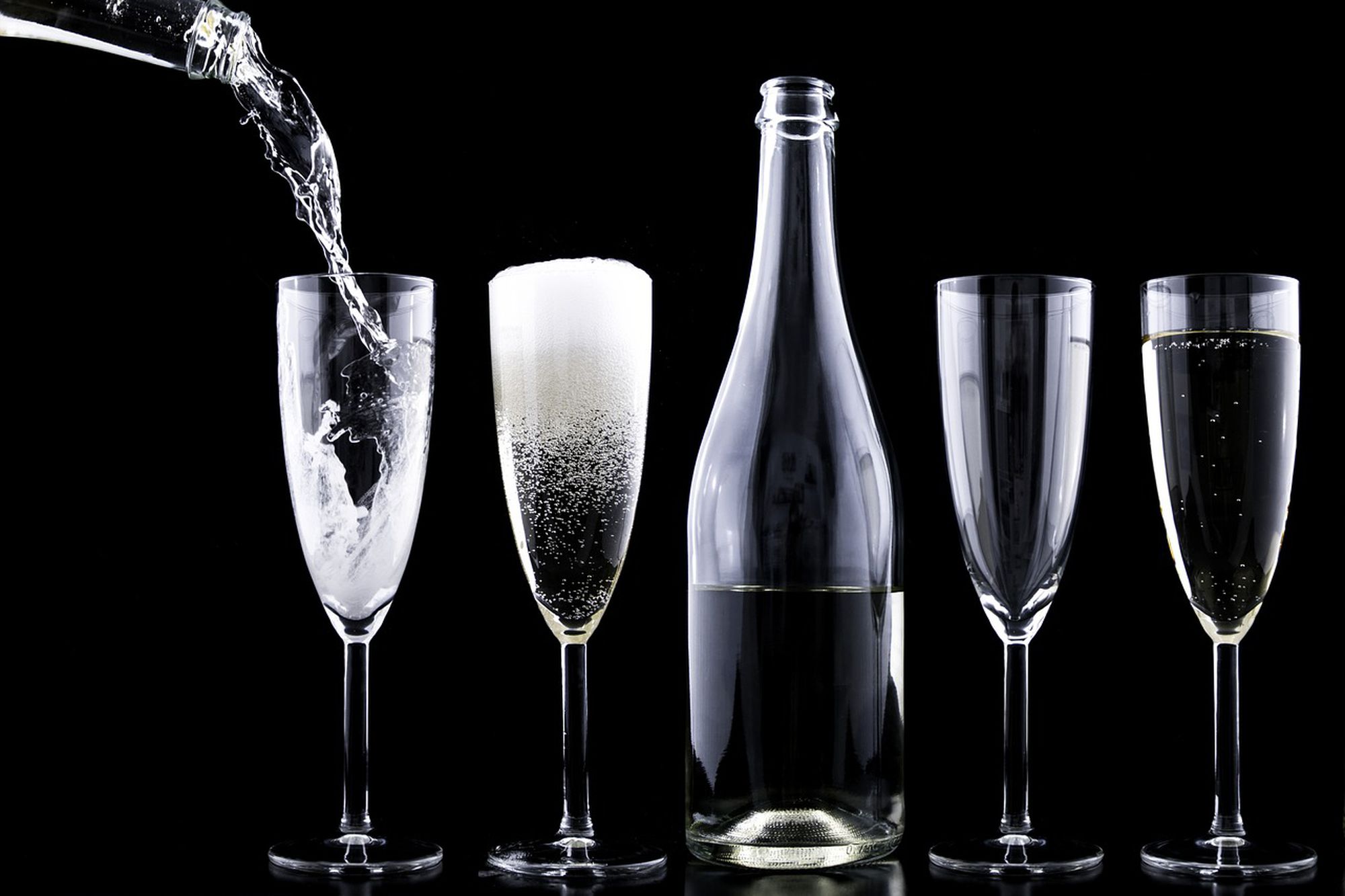
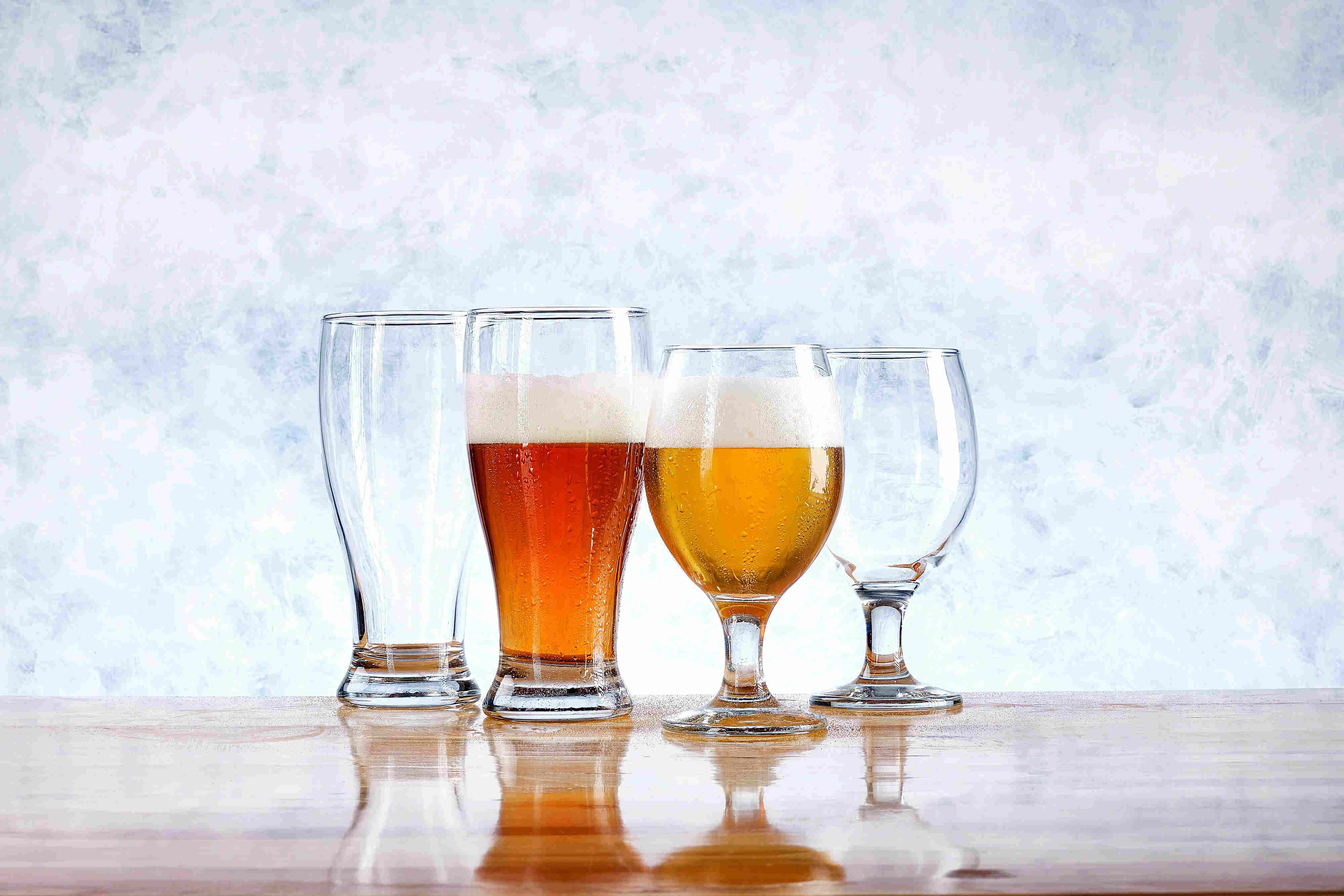

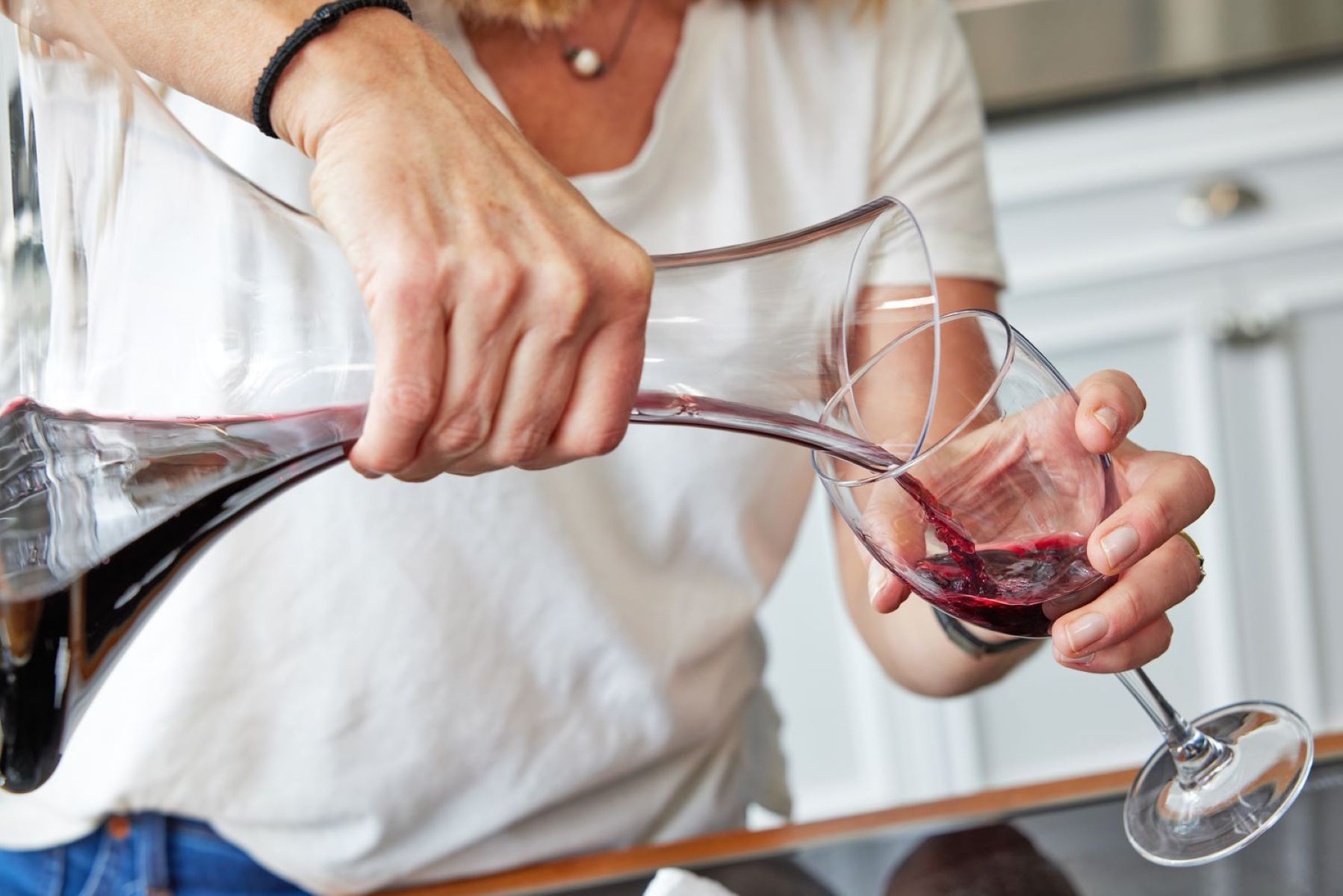
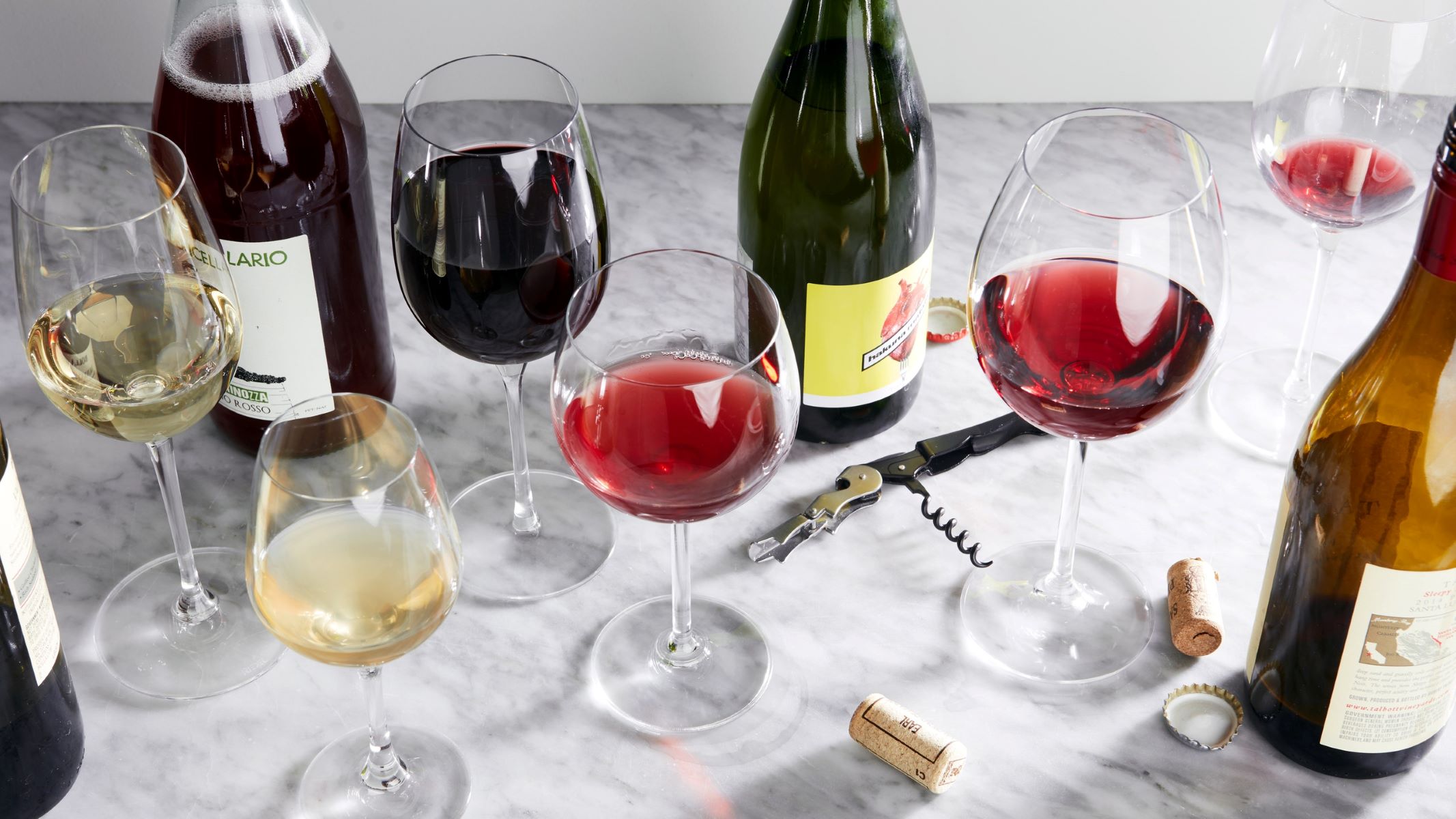
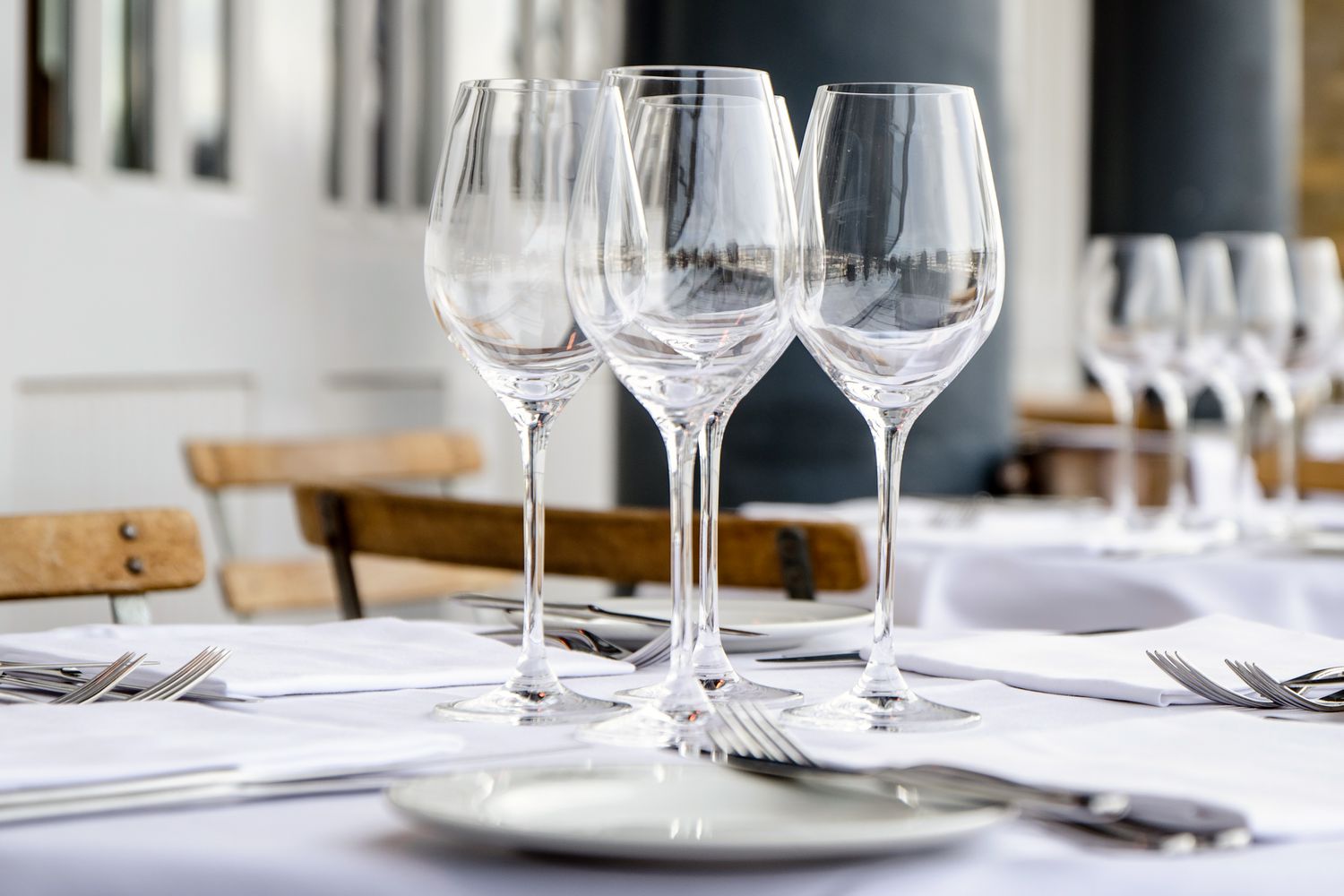
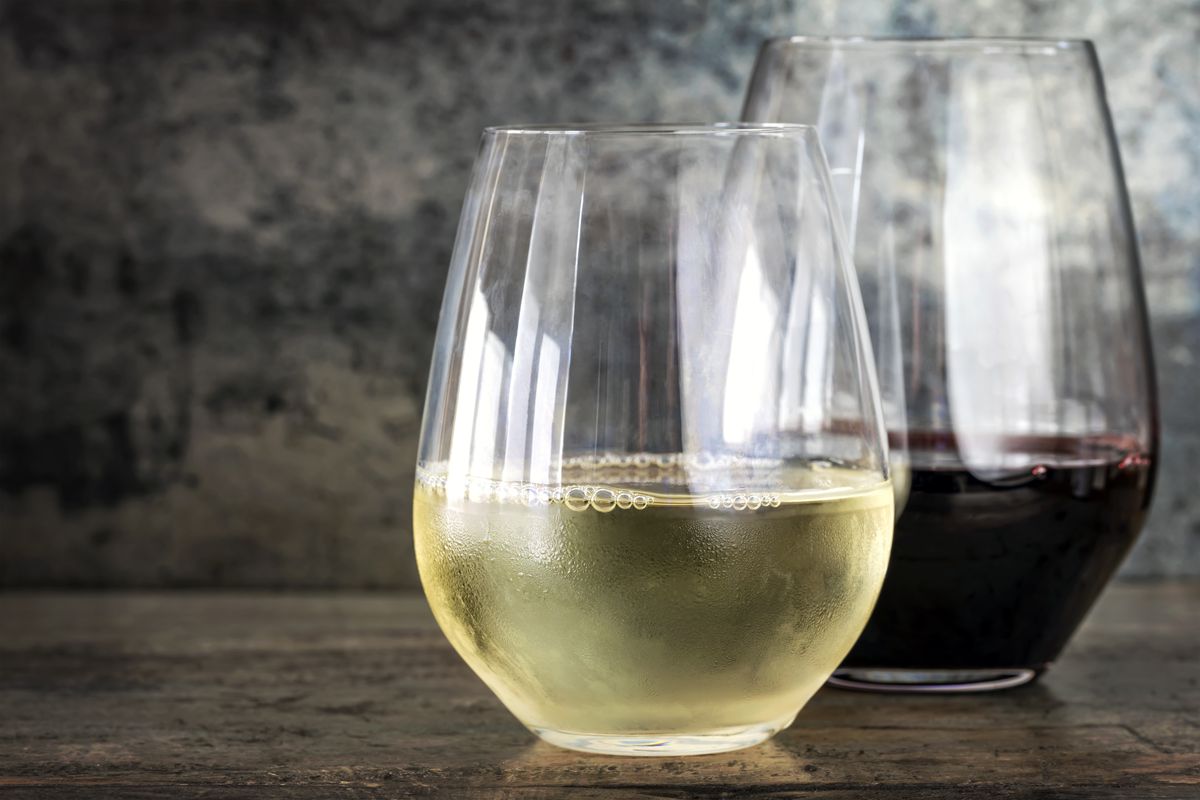
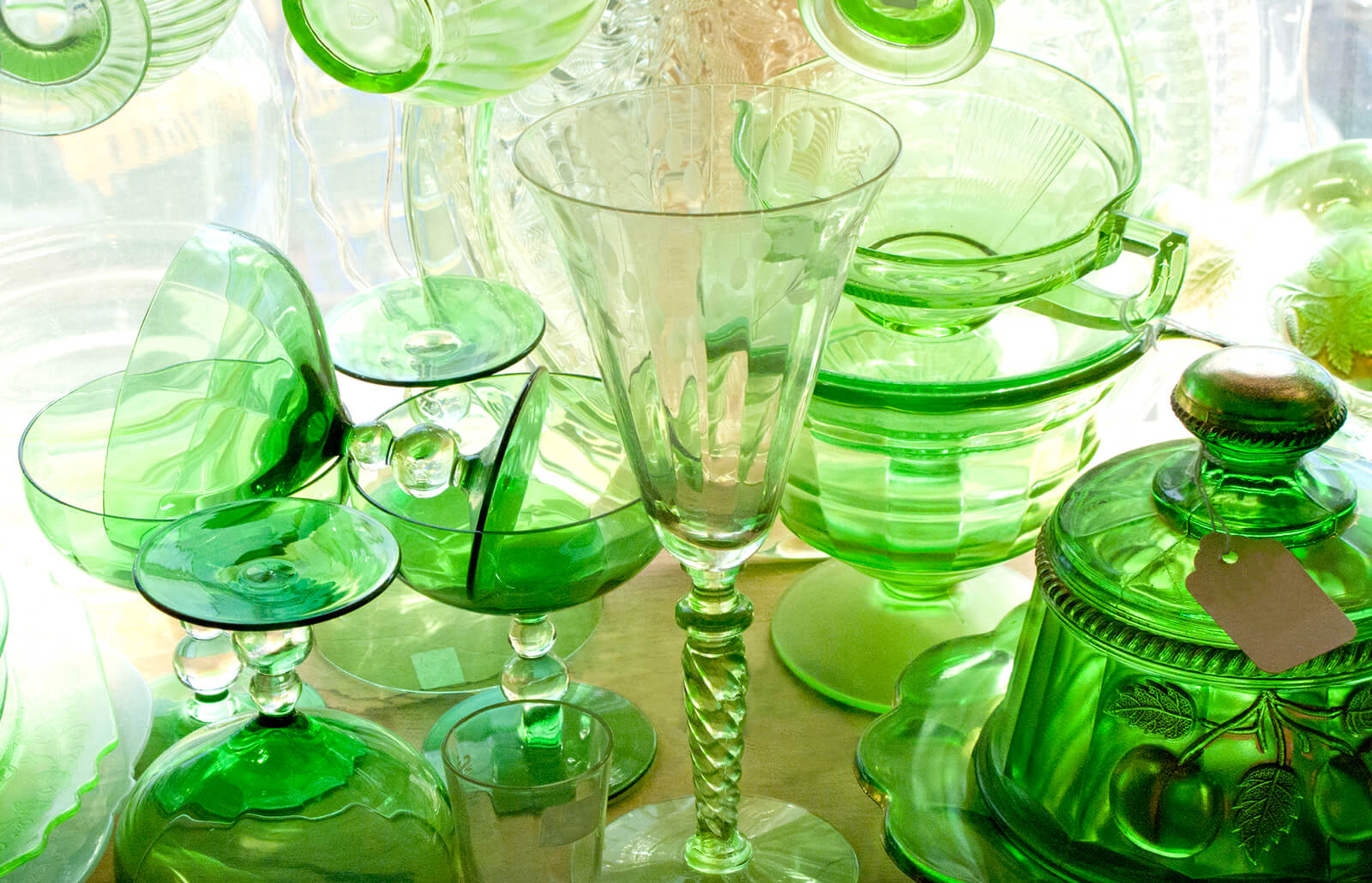

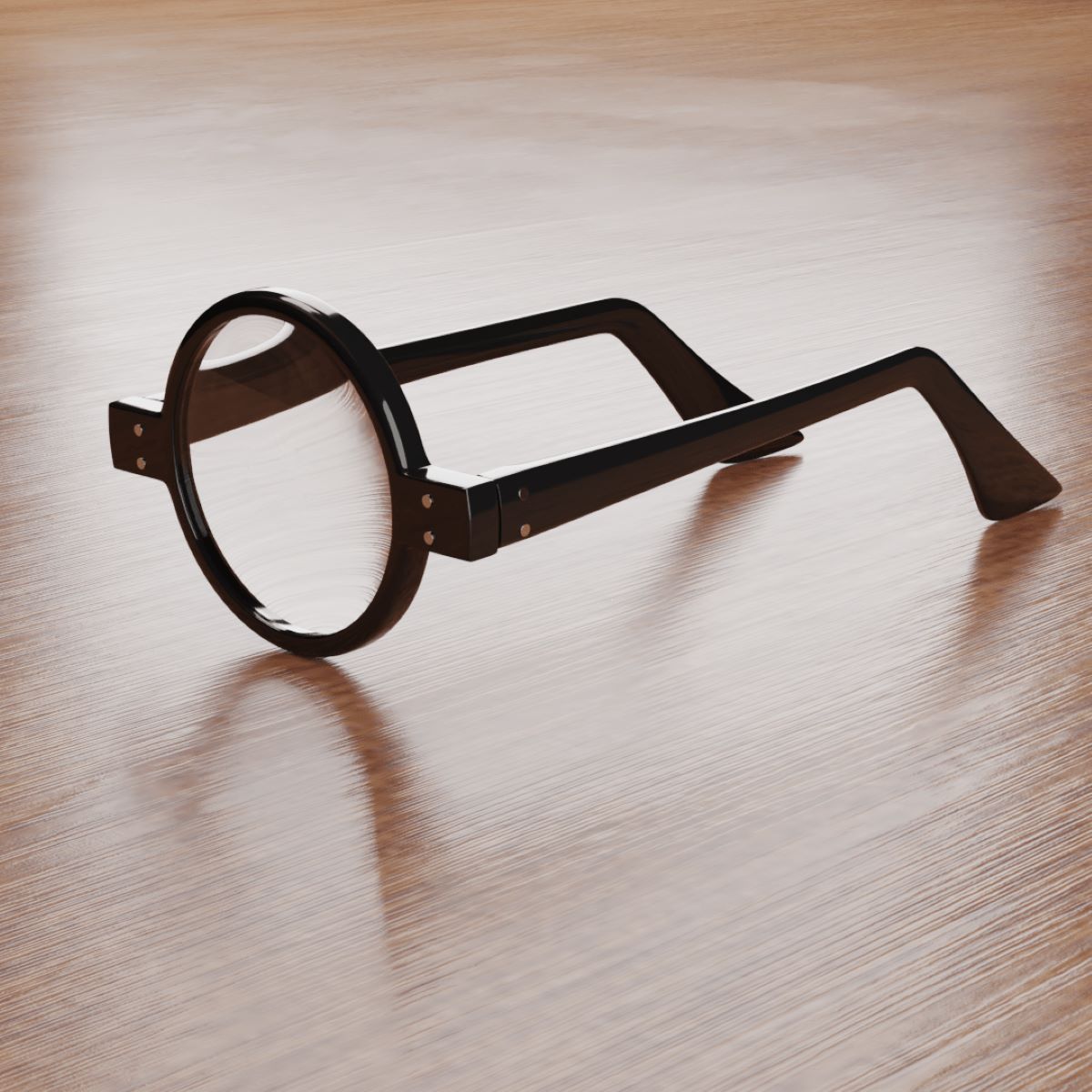
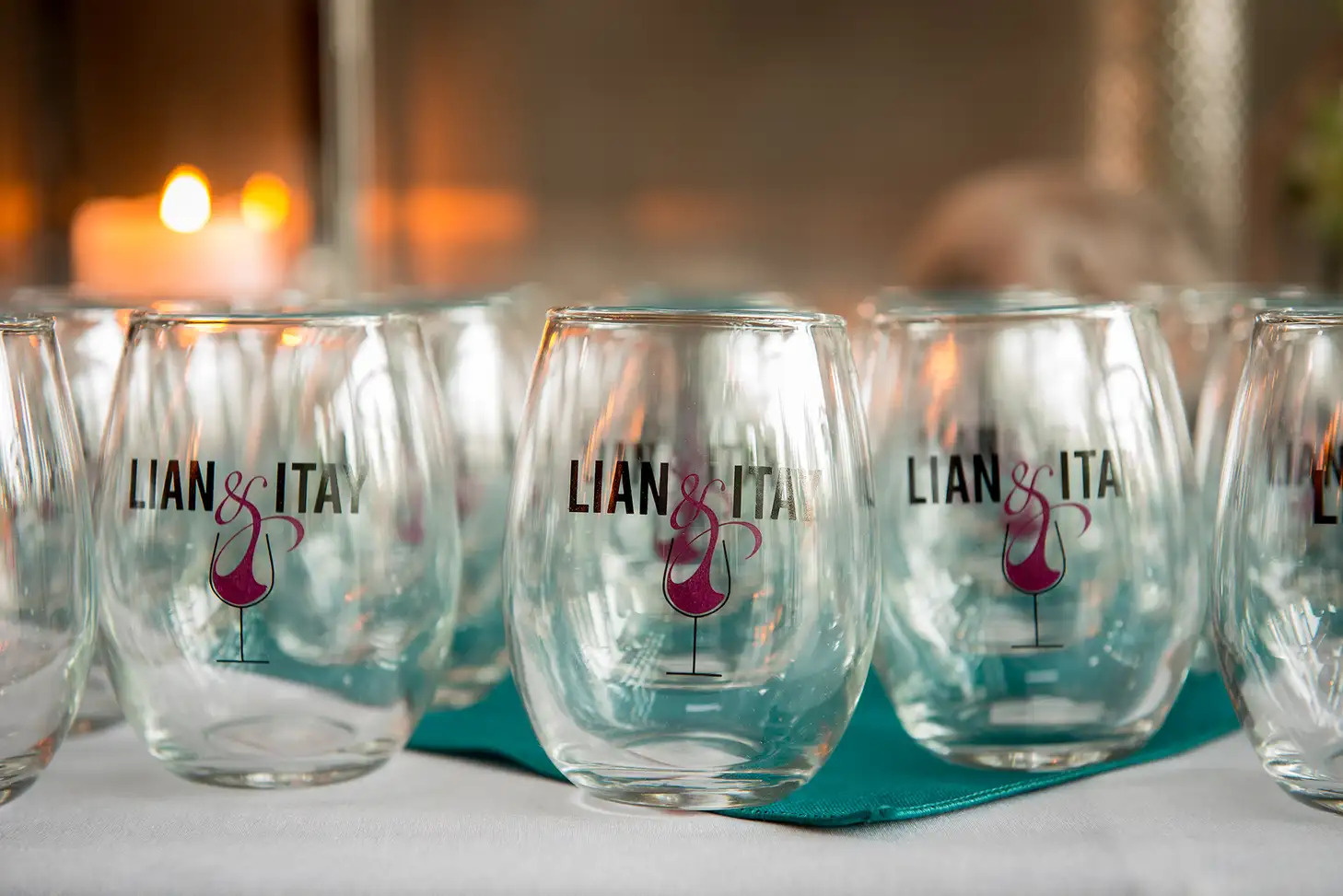
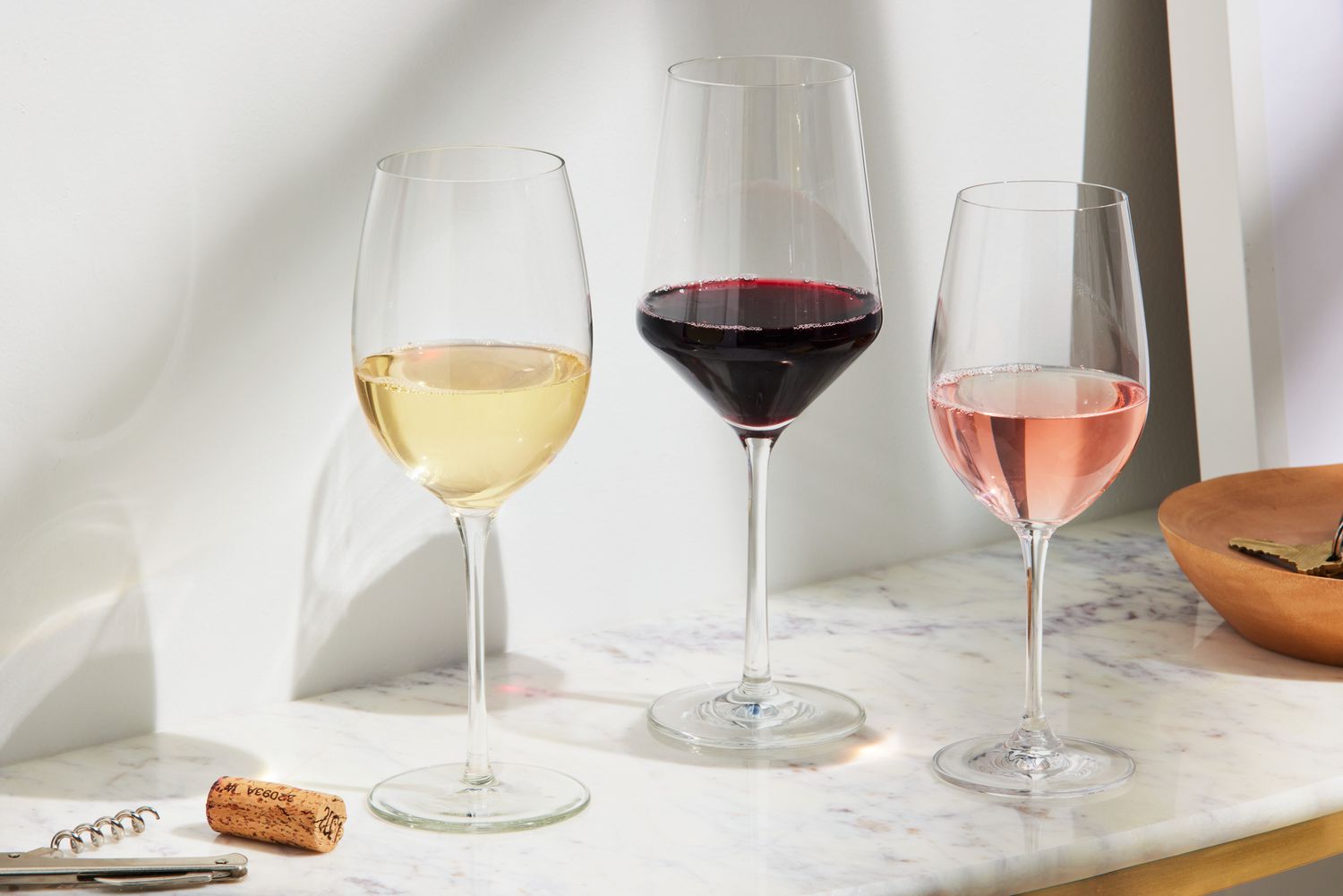
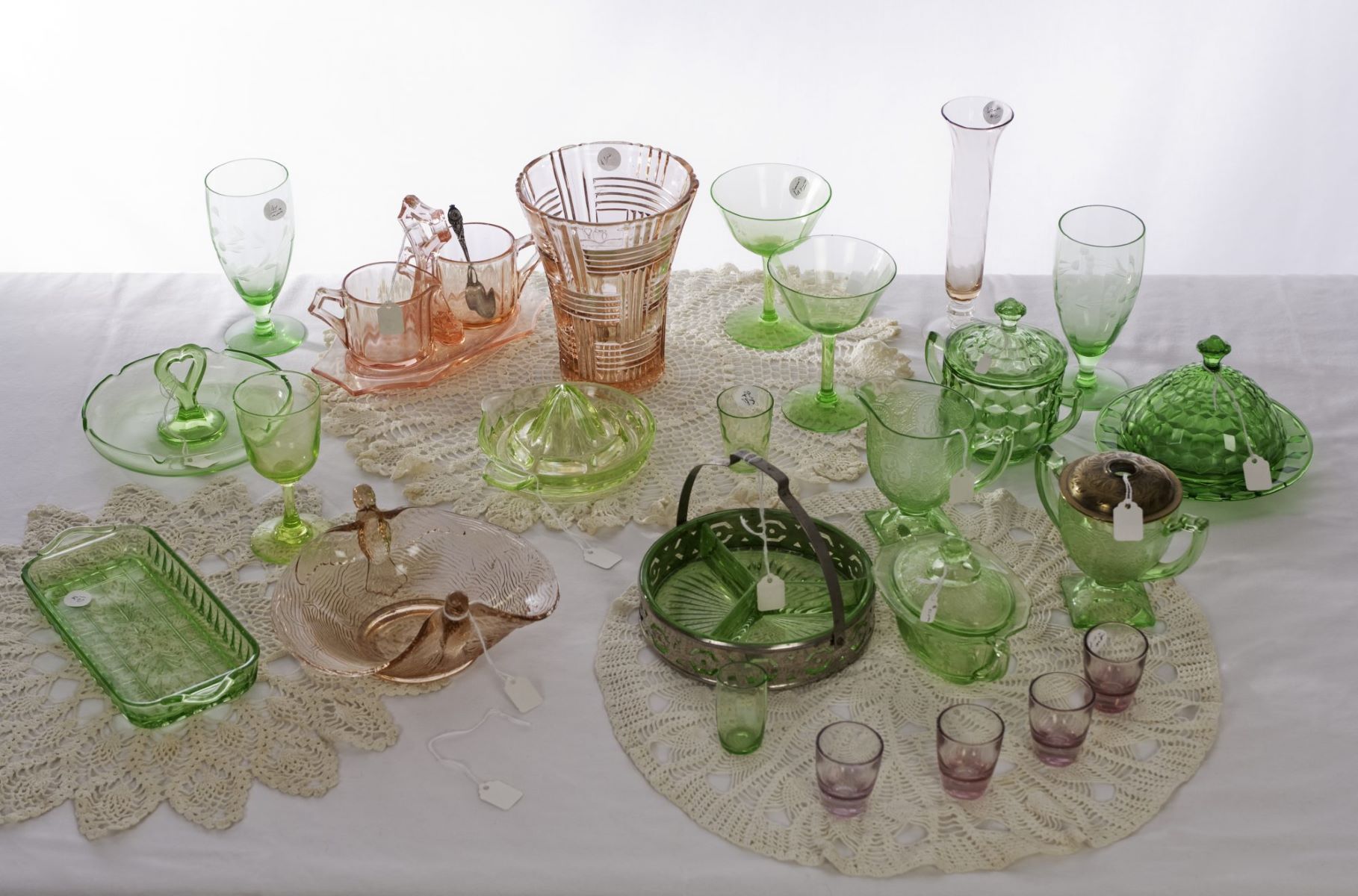

0 thoughts on “What Are Small Wine Glasses Called?”